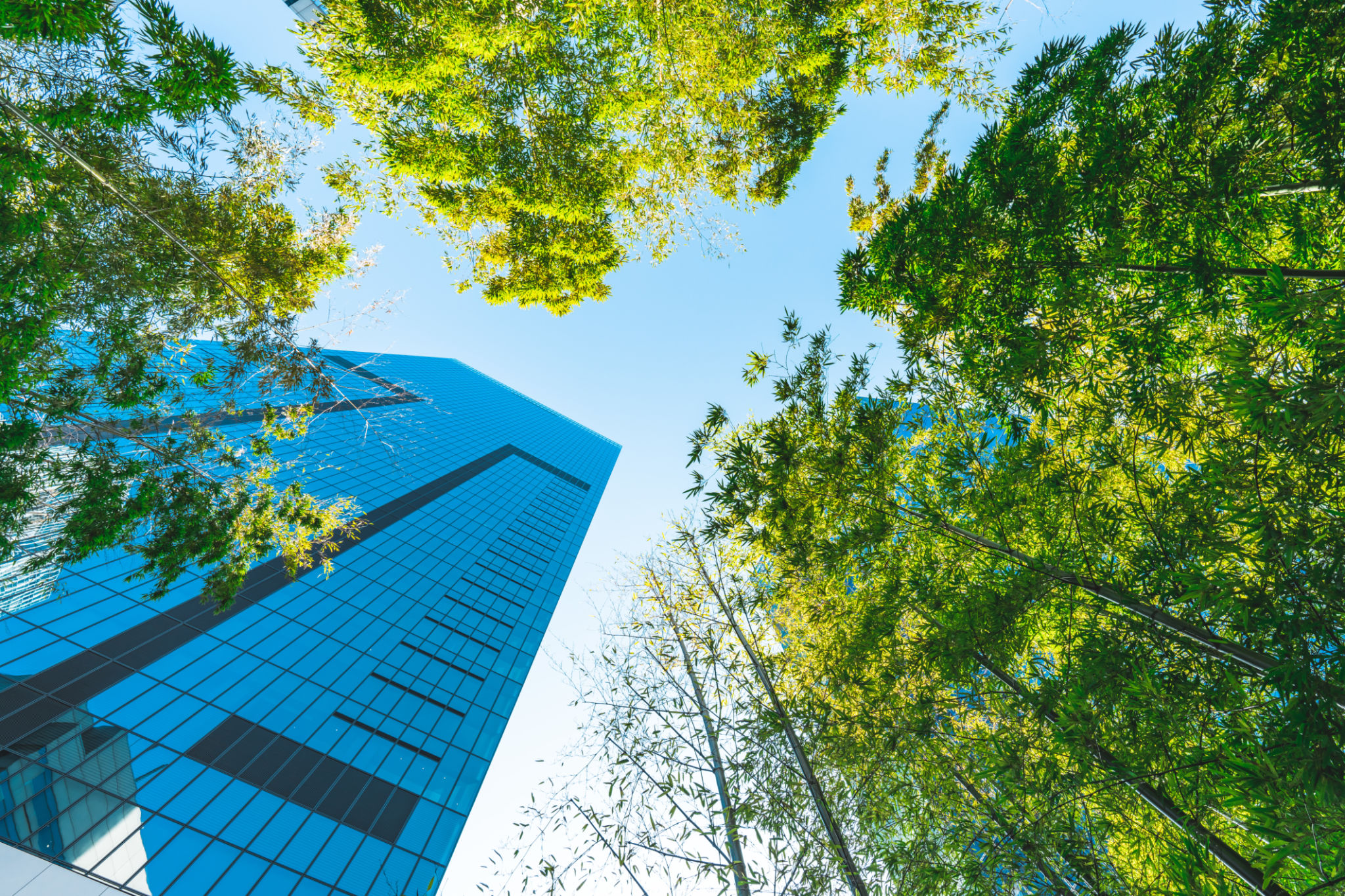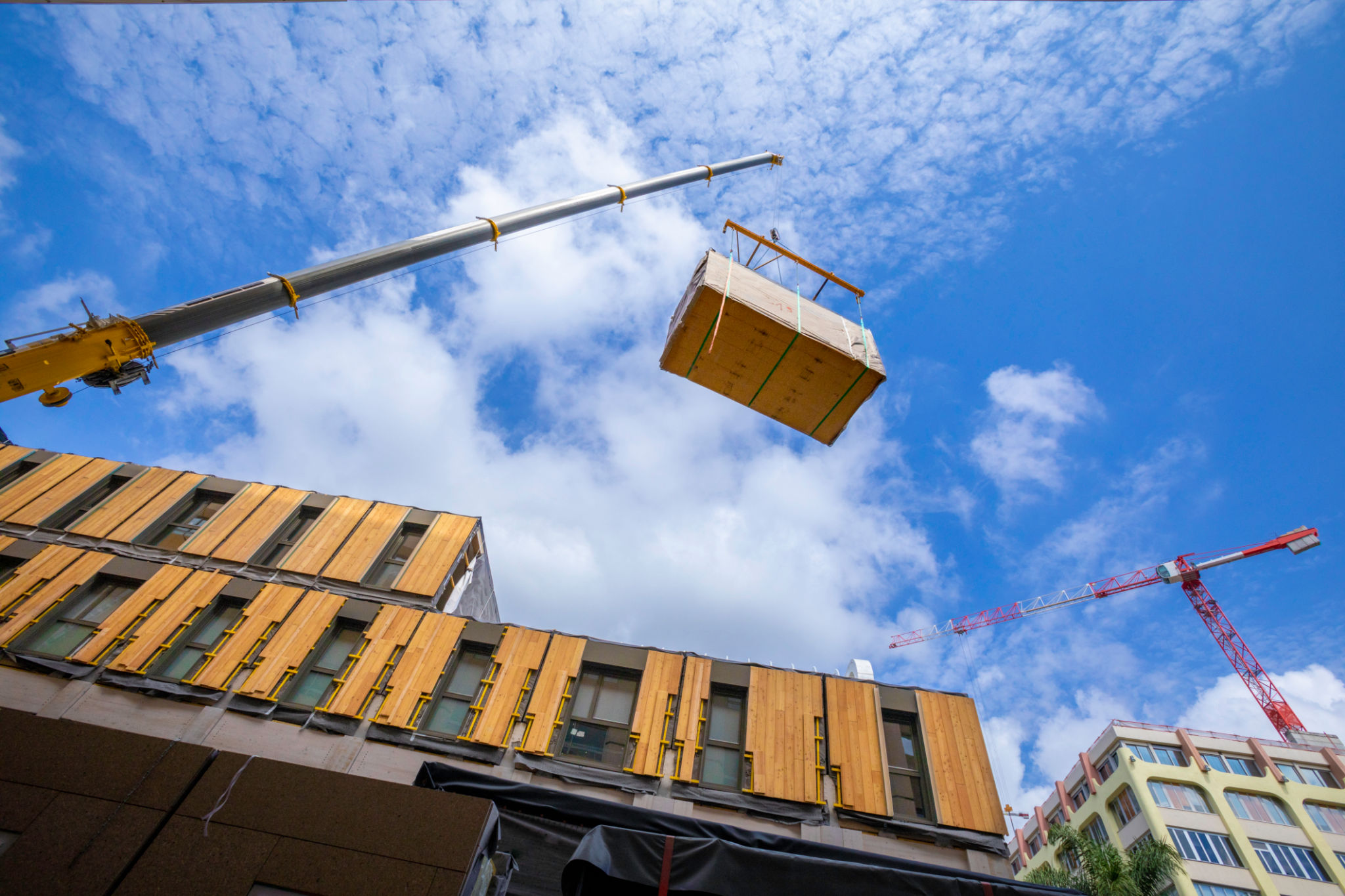Innovative Trends in Project Design for Modern Construction
Embracing Sustainability in Design
In the realm of modern construction, sustainability has transitioned from being a buzzword to a fundamental tenet of project design. Today, architects and builders are increasingly focusing on eco-friendly materials and energy-efficient processes. This trend is not only about reducing the carbon footprint but also about designing buildings that can adapt to future ecological challenges.
Materials such as bamboo, recycled steel, and sustainable concrete are becoming popular choices. Additionally, the integration of renewable energy sources like solar panels and wind turbines into building designs is revolutionizing the way structures consume and generate energy.

Smart Technology Integration
The evolution of technology is profoundly impacting construction, leading to the rise of smart buildings. These structures are equipped with advanced systems that enhance operational efficiency and user experience. Smart lighting, HVAC systems, and security features are just the tip of the iceberg, as more buildings incorporate IoT devices to improve automation and data collection.
Moreover, Building Information Modeling (BIM) is transforming project design by offering digital representations of physical spaces. This technology allows for better planning, error reduction, and seamless collaboration among stakeholders.
Modular and Prefabricated Construction
Modular construction is gaining momentum as a method of streamlining project timelines and reducing costs. By constructing components off-site and assembling them onsite, this approach minimizes waste and enhances quality control. Prefabrication is particularly popular in urban areas where space and time constraints are significant considerations.

Biophilic Design
Biophilic design is an innovative trend that seeks to reconnect occupants with nature through architecture. This design philosophy integrates natural elements such as plants, natural light, and water features into built environments. The result is spaces that promote well-being, reduce stress, and enhance productivity.
Studies suggest that biophilic environments can lead to improved physical health outcomes, making them increasingly desirable in both residential and commercial projects.
Advanced Materials and Construction Techniques
The construction industry is witnessing a surge in the use of advanced materials that offer superior performance and durability. Self-healing concrete, transparent aluminum, and graphene-infused materials are just a few examples of innovations reshaping the landscape.

Furthermore, 3D printing technology is beginning to make waves in construction by allowing for the creation of complex components with precision and minimal waste. This technique holds promise for the future of project design by enabling rapid prototyping and customization.
Focus on Resilience
With climate change posing new challenges, resilience has become a crucial aspect of project design. Modern construction projects are increasingly focused on creating buildings that can withstand extreme weather events. This involves not only structural integrity but also designing systems for rapid recovery and adaptation.
Elements like flood-resistant foundations, heat-reflective roofing, and robust drainage systems are becoming standard features in resilient design. These measures ensure that buildings remain safe and functional even under adverse conditions.
Collaborative Design Processes
The shift towards more inclusive and collaborative design processes is another significant trend in modern construction. By involving stakeholders early in the planning stages, projects benefit from diverse perspectives and expertise. This approach fosters innovation and ensures that end-user needs are effectively met.

Tools like virtual reality (VR) and augmented reality (AR) are enhancing collaboration by allowing teams to visualize designs in immersive environments. This technology aids in identifying potential issues before construction begins, saving time and resources.
The Future of Project Design
As we look to the future, the fusion of technology, sustainability, and human-centric design will continue to drive innovation in project design. The focus will remain on creating environments that are not only efficient and functional but also enriching to human life.
The construction industry stands on the brink of a new era where adaptability, resilience, and connectivity define success. Embracing these trends will be key to shaping the built environments of tomorrow.